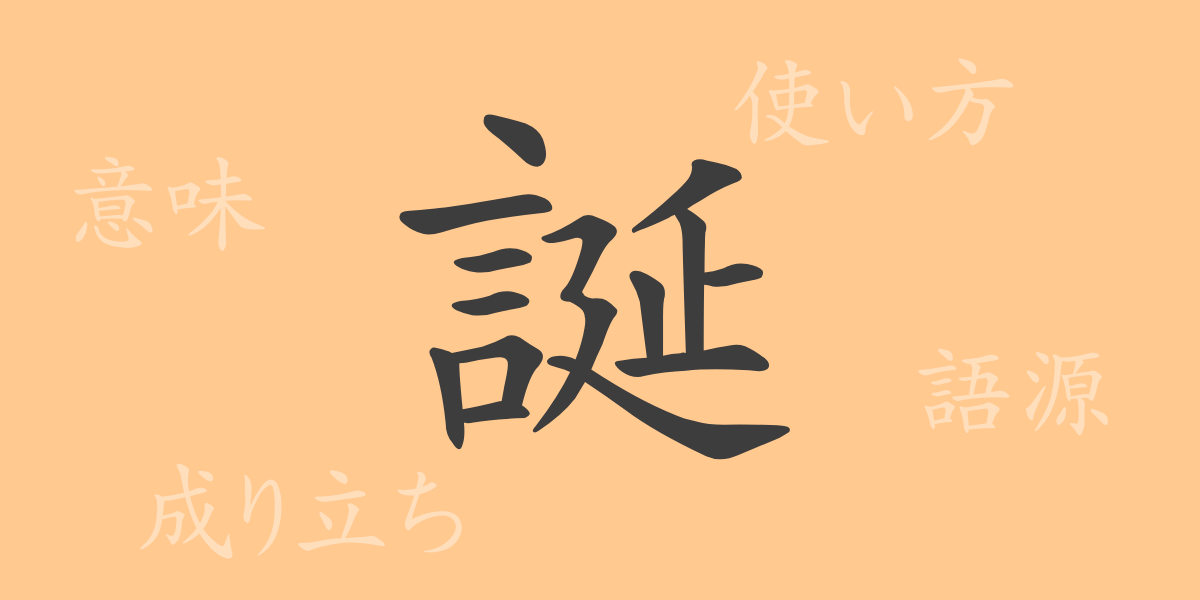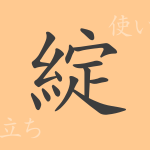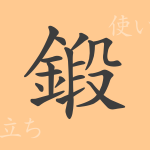Each Japanese kanji has its own unique history and meaning. The commonly used kanji ‘誕’ (たん) (tan) is no exception. Familiar as a term denoting special days, the origins, meanings, and uses of this kanji enrich our everyday communication. This article delves into the charm of ‘誕’, exploring its roots and contemporary applications.
Origins of ‘誕’ (たん) (tan)
The kanji ‘誕’ originated from ancient Chinese oracle bone script. Initially resembling the kanji ‘延’, which conveys extending or being born, it evolved by separating into the ‘言’ (ことば) (kotoba) part and ‘延’, transforming into ‘誕’. This shift expanded its meanings to include ‘to declare’ and ‘to be born’, illustrating the development of human expression and life.
Meaning and Usage of ‘誕’ (たん) (tan)
In modern Japanese, ‘誕’ primarily means ‘to be born’ or ‘birth’. It is most commonly seen in the word ‘誕生’ (たんじょう) (tanjou), where ‘誕生日’ (たんじょうび) (tanjoubi) denotes a birthday, a celebration of an individual’s birth. The kanji is also used to signify new beginnings.
Readings, Stroke Count, and Radical of ‘誕’ (たん) (tan)
The kanji ‘誕’ provides insight into the depth of the Japanese language through its readings and structure:
- Readings: On’yomi ‘タン’ (Tan), no specific Kun’yomi.
- Stroke Count: ‘誕’ consists of 15 strokes.
- Radical: The radical is ‘言’ (げん) (gen), associated with words or speaking.
Phrases, Idioms, and Proverbs Using ‘誕’ (たん) (tan) and Their Meanings
There are numerous phrases and idioms involving ‘誕’, each imbued with special significance:
- ‘誕生日’ (たんじょうび) (tanjoubi): Refers to a person’s birthday.
- ‘創誕’ (そうたん) (soutan): Signifies something newly created or born.
- ‘生誕’ (せいたん) (seitan): Denotes the act of being born.
- These terms symbolize new beginnings and momentous moments, cherished in the Japanese language.
Summary on ‘誕’ (たん) (tan)
The kanji ‘誕’ is closely tied to our lives, yet its origins and full meanings are not widely known. Through this article, we have deepened our understanding of ‘誕’, its history, meanings, and usage. Each character in the Japanese language is laden with profound significance, and grasping their allure is key to enriching our linguistic expressions.

























